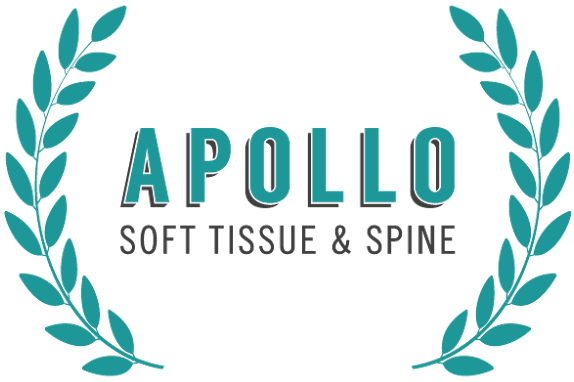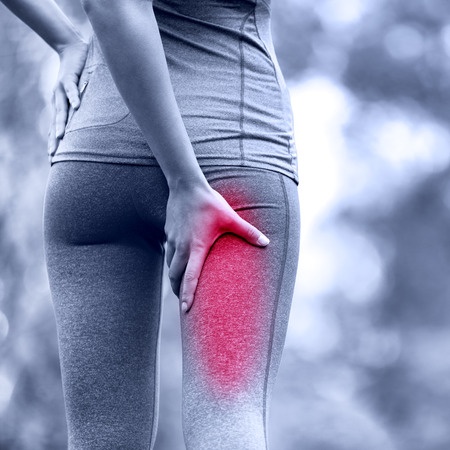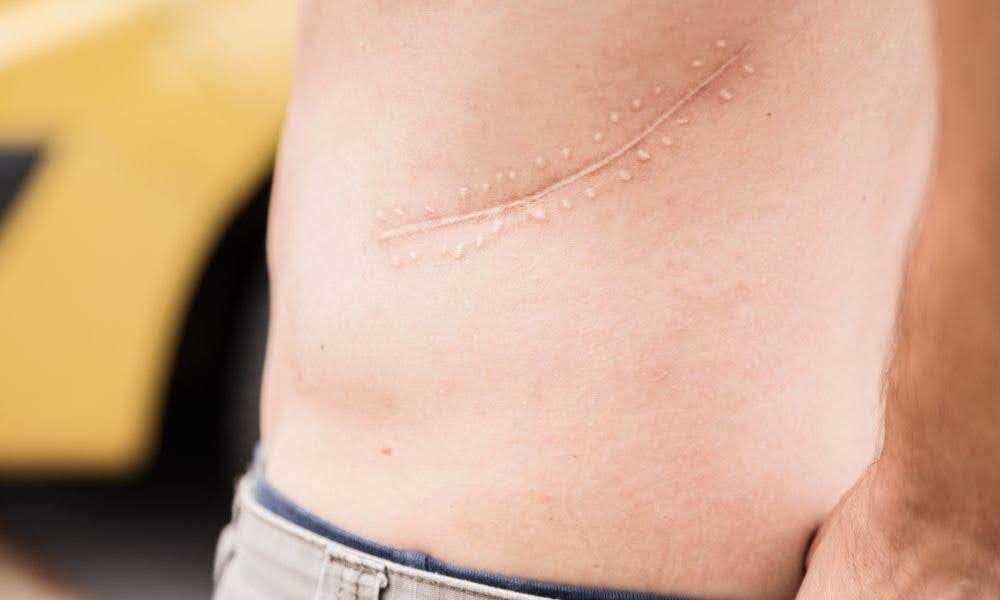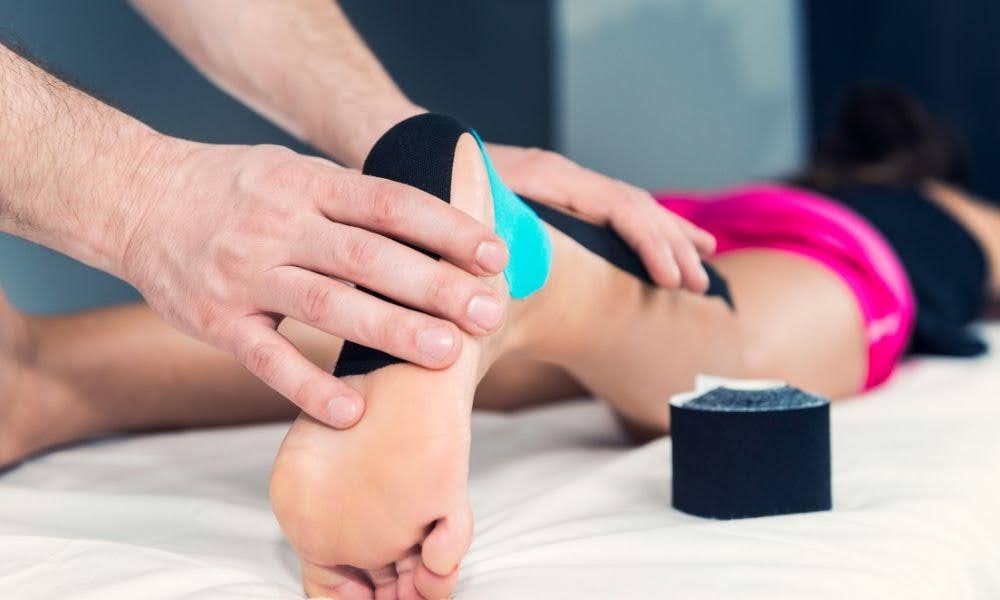Remember the days when you didn’t have tight hamstrings or maybe you’ve had them your whole life?
One of the most common statements we hear from patients in our clinic is: “My hamstrings are really tight, I haven’t been stretching much lately, I think that’s why they’re so tight.” Contrary to popular belief, hamstring tightness is not because you don’t stretch enough or haven’t been sticking to your stretching routine. Stretching can actually cause the issue to get worse. Tightness in muscles is to protect a problem that is overloading a damaged tissue or injured joint in the body. Below are the most common reasons for hamstrings feeling “tight.”
Muscle Adhesion in the Hamstrings/ hips/ Adductors: Adhesion is the most common condition of the body, and it acts like glue in these areas. This increases pressure and stress in the hips, low back, and hamstrings, which in turn decreases your range of motion. With movement being reduced, the joints are more prone to injury in the future such as cartilage damage, disc injury, and further degeneration. The hamstrings help in protecting these joints by engaging earlier and reducing range of motion.
Nerve Entrapment of the Sciatic Nerve: Nerve entrapment is extremely common, especially around the sciatic nerve. The nerve has to glide and slide between, through and alongside other tissues from the low back to the foot. Overuse can cause adhesion to form, an glue the nerve to other structures irritating the nerve and causing it to be unhealthy. When the nerve can’t fully glide and slide past tissues, it will contract the hamstrings sooner and cause tightness. Another common symptom of Sciatic nerve entrapment is weak hamstrings.
Disc Injury: When a disc is injured, any bending of the lower back and flexion of the hips places more pressure and stress on the injured disc. If you do have an injured disc and you bend forward the hamstrings will contract to protect your disc so that it doesn’t experience an increase in load or pressure to the damaged area (disc).
If these dysfunctions persist and aren’t fully corrected, your range of motion will decrease, the hamstrings will remain tight, pain will increase, athletic performance will decrease, and degeneration in the joints will accelerate. This is why stretching isn’t helping your tight hamstrings, stretching doesn’t get rid of adhesion, it doesn’t fix your disc injury and it makes trapped nerves worse. So it is imperative that you receive an expert diagnosis and treatment for your condition.
Free Yourself From Pain and Show Your Body Some Gratitude!
Drs. Drew Ruebbelke and John Appleman specialize in the diagnosis and treatment of the above three causes. Call 720-593-2047 or visit Apollosofttissue.com to schedule an appointment.




